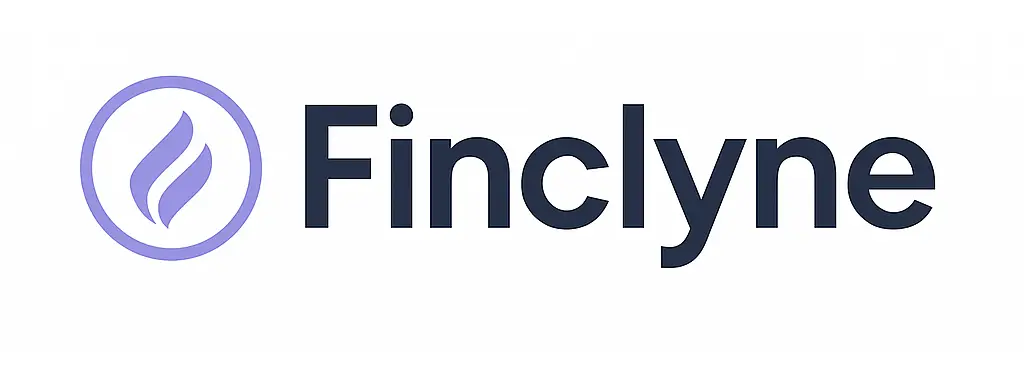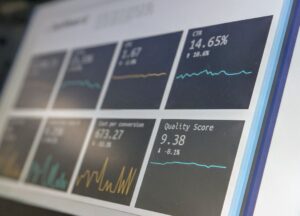## Is the Party Over? Lower Leverage Suggests Cooling Risk Appetite
The stock market has been a rollercoaster ride these past few years, with eye-popping gains followed by sudden dips. One of the fuel sources for this wild ride has been leverage – essentially, borrowing money to invest, magnifying both potential profits and losses. Recently, however, there are signs that investors are tapping the brakes on borrowing, raising questions about what this means for the broader market.
Essentially, lower leverage means investors are using less borrowed money to fuel their investments. Think of it like using a smaller credit card limit. While this might seem boring compared to the high-stakes world of leveraged bets, it actually tells us a lot about investor sentiment. Several factors contribute to this shift. Rising interest rates make borrowing more expensive, potentially discouraging leveraged investments. Increased market volatility also makes investors more cautious, leading them to reduce their exposure to amplified losses. Finally, some analysts suggest that recent regulatory changes aimed at curbing excessive risk-taking are starting to have an effect.
So, what does this decreased appetite for leverage mean for the future? It could signal a cooling off period for the market. Less borrowed money sloshing around generally translates to less exuberant price increases. This isn’t necessarily a bad thing – a more stable, less volatile market can be a healthier environment for long-term growth. However, it also means that the rapid gains some investors have become accustomed to might be harder to come by. It’s important to remember that market dynamics are complex and influenced by numerous factors. Reduced leverage is just one piece of the puzzle. Keeping an eye on this trend, along with other economic indicators, can provide valuable insights into the overall health and direction of the market. While the party might be slowing down a bit, it’s a good time to focus on building a diversified portfolio and making informed investment decisions for the long haul.




